In recent weeks, Scotland’s wildlife rescue system has been plunged into crisis after a sudden change in the Scottish SPCA’s euthanasia procedures. Members of the public, often with no experience in handling wildlife, are now being asked to contain and transport small injured birds and mammals to veterinary practices themselves, wherever possible. The resulting uncertainty has led to widespread public concern, increased suffering for animals, and a growing crisis for the country’s already overstretched wildlife rescues.
The upheaval stems from an April 2024 clarification by the Royal College of Veterinary Surgeons (RCVS) that Pentobarbital – the drug most commonly used to euthanise animals – is for veterinary use only. While the Scottish SPCA appears to have updated procedures at its animal hospital in line with this, for reasons currently unknown, it did not immediately apply the change to frontline teams. Scottish SPCA inspectors and animal rescue officers continued to use the drug in the field without having the legal authority to do so. That changed abruptly this month following an internal review where the discrepancy in legal compliance was spotted. Frontline staff had their authorisation to use Pentobarbital withdrawn with immediate effect leaving a gap that other agencies are simply not resourced or empowered to fill.
After initially suggesting it was shifting its focus toward larger mammals and more complex rescues, the charity was later forced to clarify the true nature of the change following widespread backlash from staff and the public. The Society has now confirmed that euthanasia can no longer be performed in the field by its officers with the public being asked to step up and be 'part of the rescue'. In practice, this has placed a heavy burden on the public who are untrained and ill-equipped to make difficult assessments of an animal’s health or handle distressed wildlife.
The consequences are already being felt. Whilst confused and concerned members of the public are being told they must seek veterinary attention, this is not always straightforward. Some veterinary practices have responded helpfully and compassionately, others remain unsure of their responsibilities or have declined to help altogether citing internal policies or inexperience with wildlife casualties. Many vets have reported being left to find assistance for animals that should never have been presented to them in the first place – healthy young birds and leverets amongst others –that will require hand rearing having been unnecessarily removed from their parent. Wildlife rescues across the country, many of them small, volunteer-led operations, report being overwhelmed with requests for help. One described it as “a breaking point.” Another said they’d had more wildlife-related calls in a single week than they’d normally expect in a month.
There are also serious disease control concerns. Bird flu remains active in some wild species, and myxomatosis is widespread among rabbits at this time of year. With no safe or consistent system in place for responding to potentially infectious animals, some have been left to die slow deaths at the roadside — in some cases after being contained by well-meaning members of the public — with vets declining care and Scottish SPCA officers under instruction not to present them at surgeries for euthanasia due to the risks of disease transmission. Aside from the suffering of the animal in question, their continued presence in the ecosystem risks further transmission to healthy animals nearby.
Under pressure, the Scottish SPCA has now acknowledged the delay in implementing the RCVS clarification and has commissioned an independent external review to understand how this occurred. The review is not expected to examine whether frontline officers should retain the ability to perform euthanasia but rather will focus only on internal decision-making and legal compliance.
But the crisis now unfolding raises broader and more urgent questions. In wildlife rescue, euthanasia is not simply a legal or veterinary issue – it is an ethical one. When an animal is clearly suffering, often without the possibility of recovery, who should be allowed to make end-of-life decisions in the field? Should experience and training count more than a job title? Can we rely on commercial vets to fill the void? Are we happy for wildlife to rely on a system where help depends on the luck of geography, how confident a vet feels or how much time a passing member of the public has free to take an injured wild animal to a vet?
Across the UK, experienced wildlife rehabilitators and frontline staff have, for decades, stepped in to end suffering when no vet was available — often in remote areas or during emergencies. In other countries, this role is formally recognised. Licensing schemes in places like the US, Canada, Australia, and parts of Europe allow trained non-veterinarians to carry out euthanasia under strict criteria, ensuring animals can be helped swiftly and humanely. By contrast, the UK offers no such provision. Despite demanding fast, safe, and compassionate action, our regulatory framework fails to equip those on the ground with the legal tools to deliver it.
Paul Reynolds, Deputy Chair of the British Wildlife Rehabilitation Council said, “Wildlife rehabilitators and rescue centre staff are among the most experienced professionals in the UK when it comes to assessing whether a wildlife casualty requires euthanasia,” Reynolds explains, “While vets do play a role, many have limited experience with wildlife species and the specific considerations involved in their treatment and rehabilitation.” He notes that since the SSPCA’s unannounced change, wildlife centres have faced a surge in cases, with members of the public often redirected to vets—some of whom decline to treat wildlife altogether or only offer euthanasia. This has compounded pressures on already stretched rehabilitation services.
This situation demands urgent attention — not just from the Scottish SPCA, but from the UK and devolved governments. Without legislative reform, the burden will remain on an ill-equipped public, an overstretched rescue network and the varying commitment of commercial veterinary practices. Wildlife rehabilitators will continue to operate without the tools they need, and animals will continue to suffer avoidable distress, prolonged deaths, and missed chances at recovery.
What’s needed now is a clear legal pathway for trained wildlife professionals — including experienced rehabilitators and rescue staff — to carry out euthanasia under strict, licensed conditions. This should be supported by official training, oversight, and biosecurity protocols to ensure animals are treated swiftly, safely, and humanely.
The alternative is the crisis we’re already in — where lives are lost not for lack of care, but because the rules forbid those who are willing and able from acting
Our articles are free because we want as many people as possible to think about animal welfare. You can support our mission to provide sanctuary to more animals and tell more of their stories by visiting our store, sending a gift or sharing our articles on social media
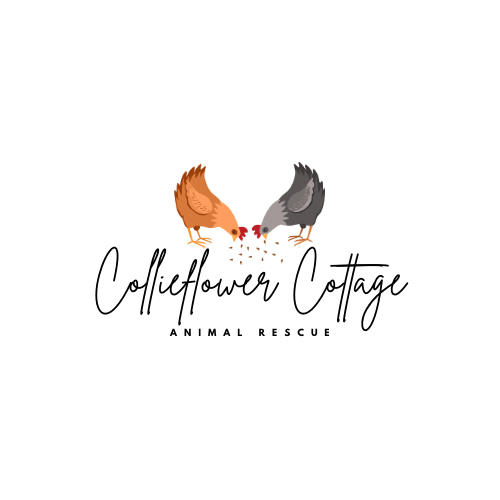

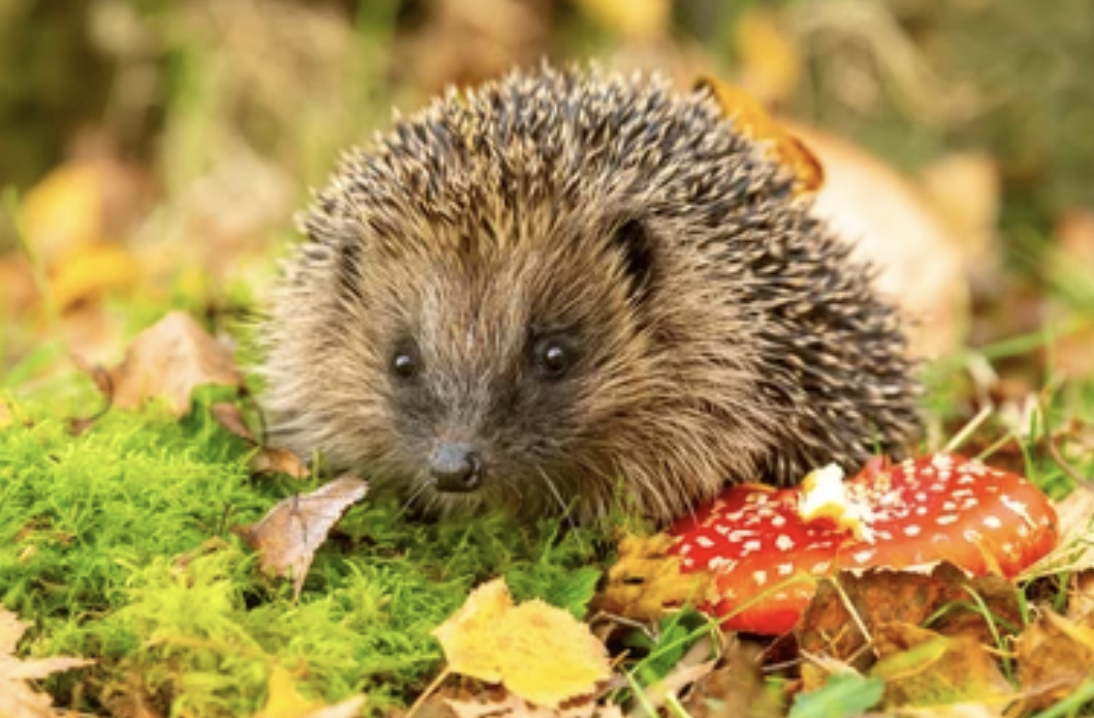
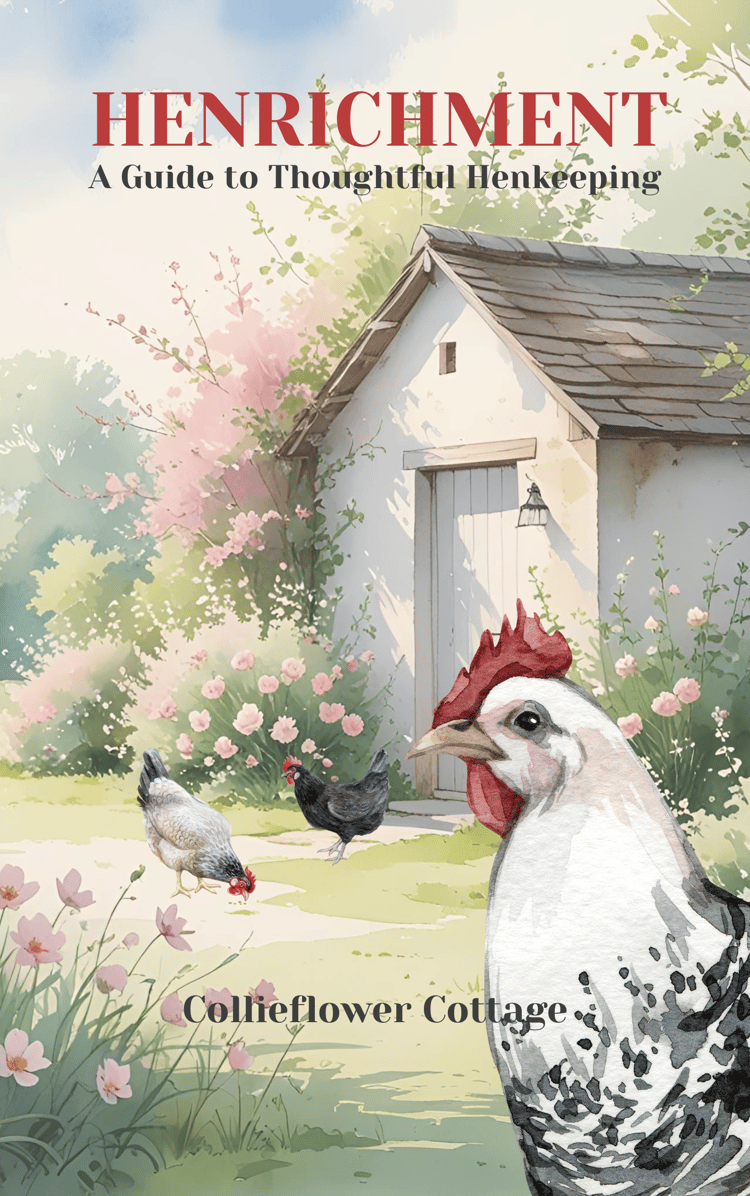
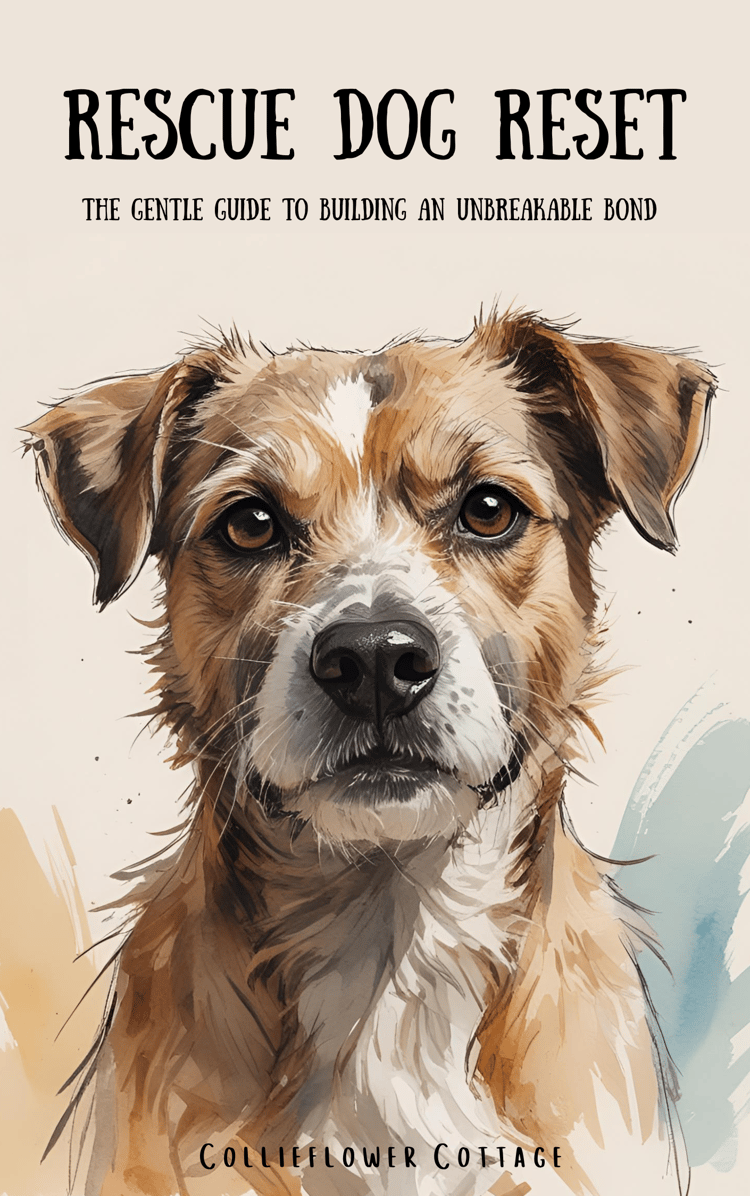

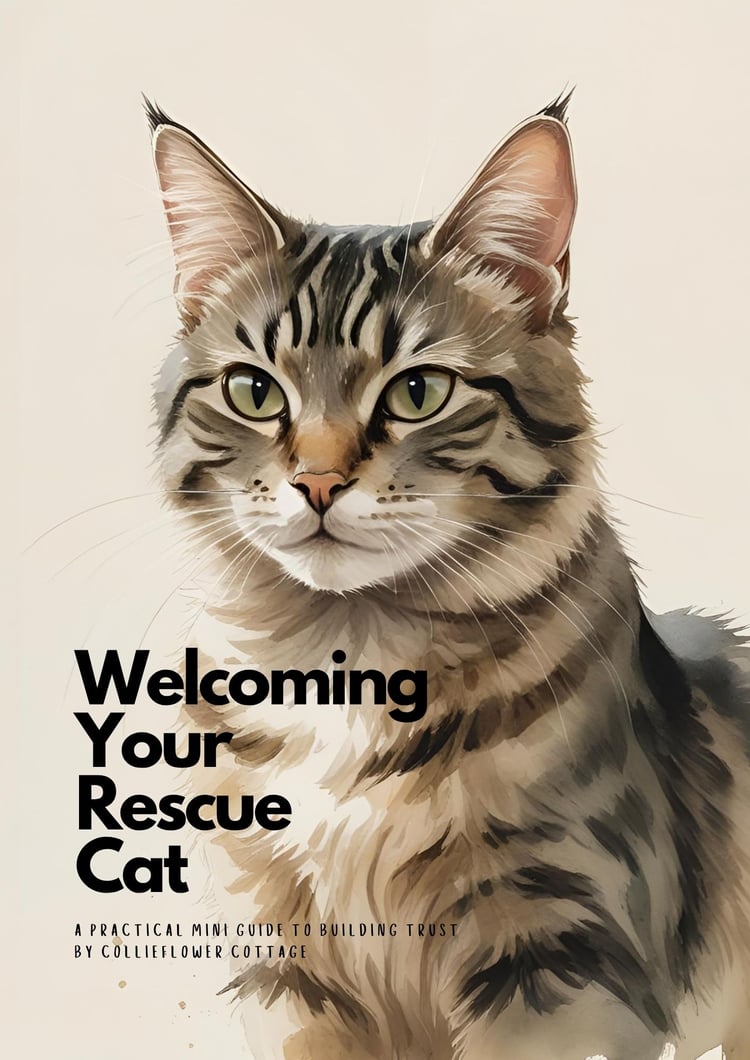
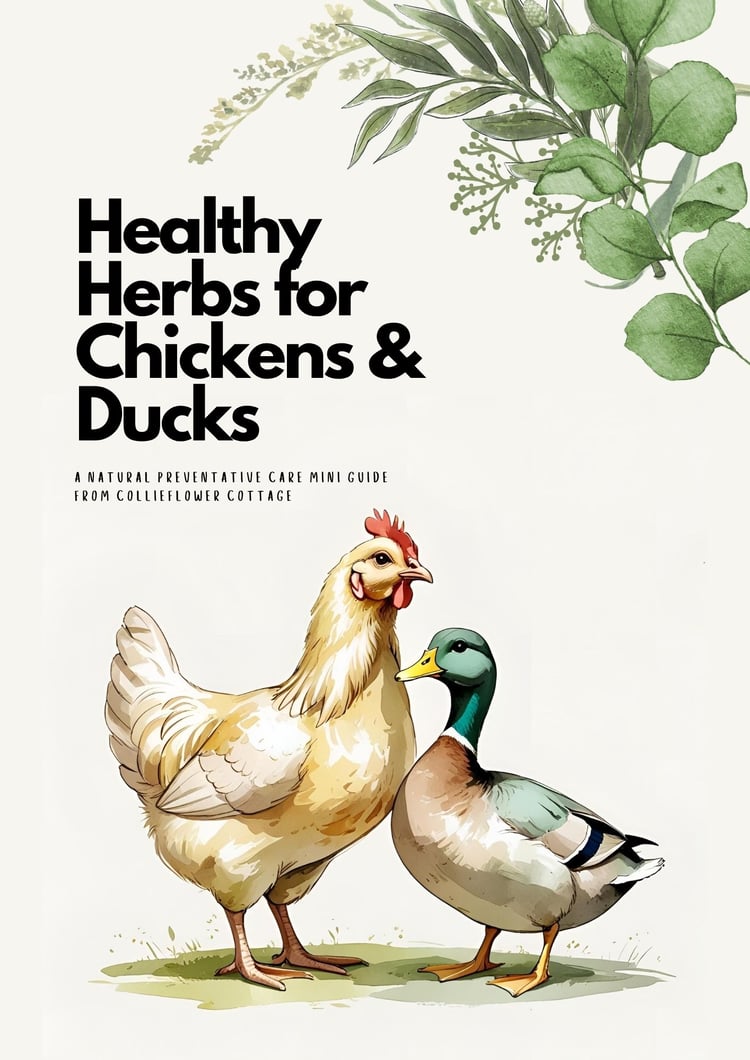
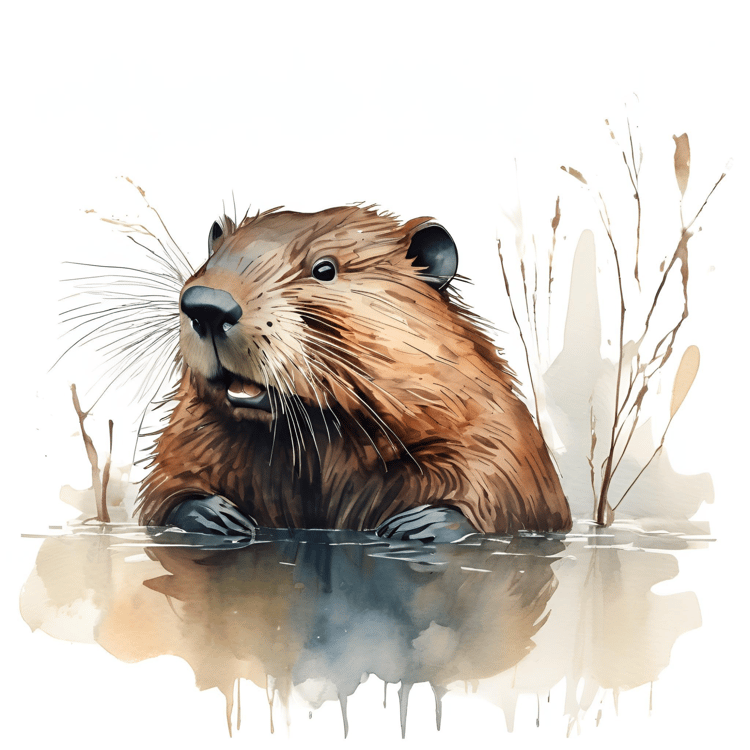
Comments ()